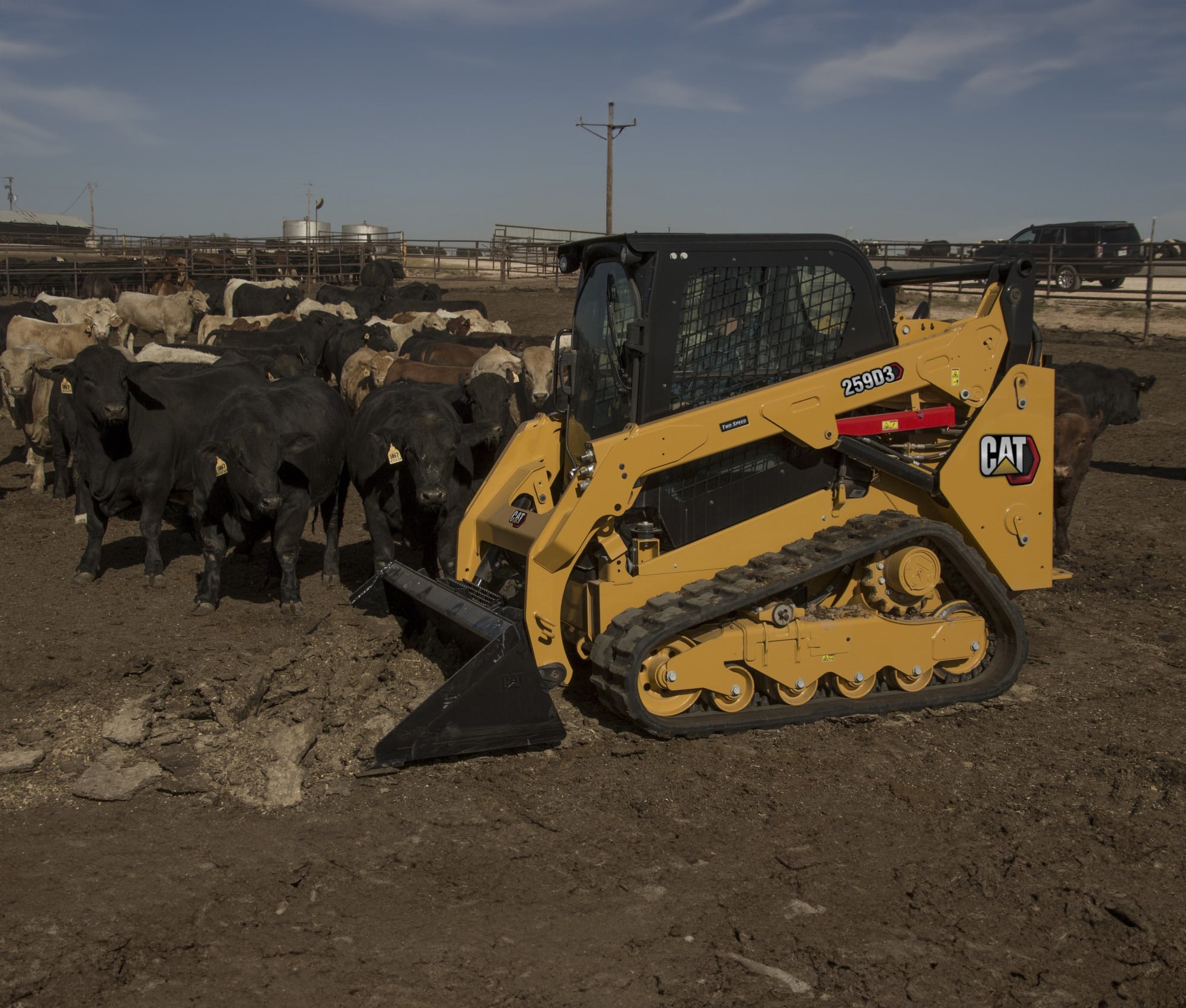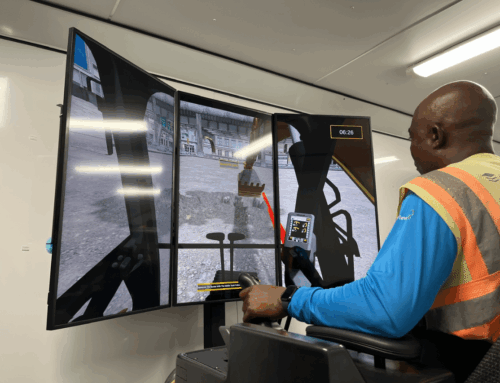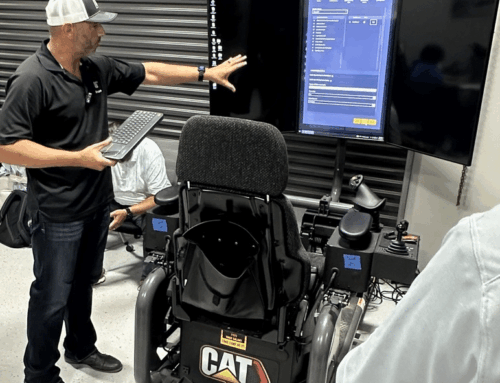Compact Track Loaders will stay in production longer with preventative maintenance and proper use. Include a pre-operation machine inspection before every shift. Regularly scheduled maintenance checks, along with these tips, will achieve maximum uptime from Compact Track Loaders.
- Know the bucket’s load capacity and never exceed the limits. Overloading the machine can cause pins to bend or crack. See the Operations and Maintenance Manual for load limits.
- Do not lift an unbalanced load. This can lead to tipping which could cause the frame or boom to bend, crack or break. Plus, cause harm to the operator.
- Do not operate at excessive speeds. This can cause damage to the engine, transmission and hydraulic systems. It can also cause damage to the tires because of heat build-up that will lead to premature wear and eventual failure.
- Avoid working on rough terrain for extended periods of time. The impact of rocks, potholes and other obstacles can lead to damage to the Compact Track Loader’s frame, axles and wheels.


- Do not lift an unbalanced load. This can lead to tipping which could cause the frame or boom to bend, crack or break. Plus, cause harm to the operator.
- Tracks that are too tight can lead to premature failure, power loss or bearing failures. Tracks that are too loose increase the chance of a track derailment.
- Inspect the bucket cutting edges and end bits. If a tooth is missing, replace it immediately to avoid further damage to the cutting edge. Never let a cutting edge wear to the base edge.
- Avoid spinning the tracks as it leads to reduced track life.
- Counterrotation should be kept to a minimum to extend the life of the undercarriage. Instead, use a three-point turn.
- Choose the correct attachment and size for the job. The wrong attachment can lead to an oversized load and wear on the lift arm cylinders.
Teach operators how to perform a machine inspection as part of regular preventative maintenance with Cat® Simulators. Learning in the safety of a virtual environment means they can make mistakes without suffering any harm to themselves or machines. When operators learn correct techniques before moving to the iron, they can help organizations save costs throughout the life of the machine.






